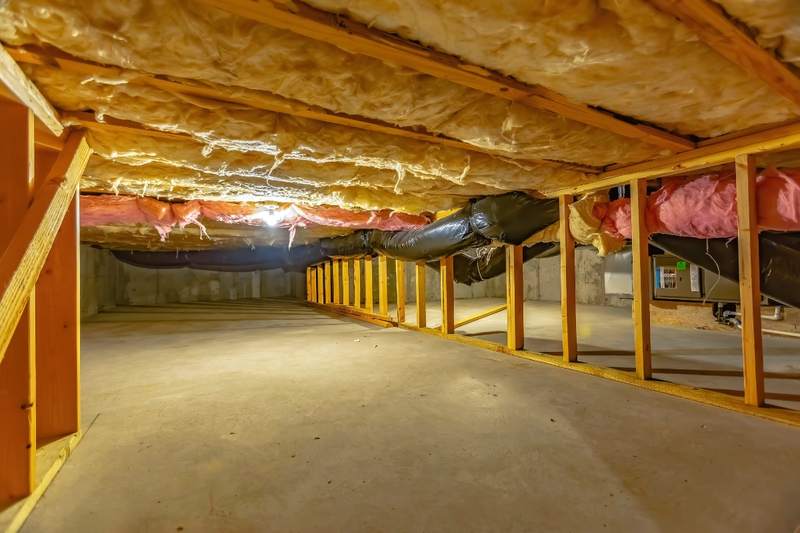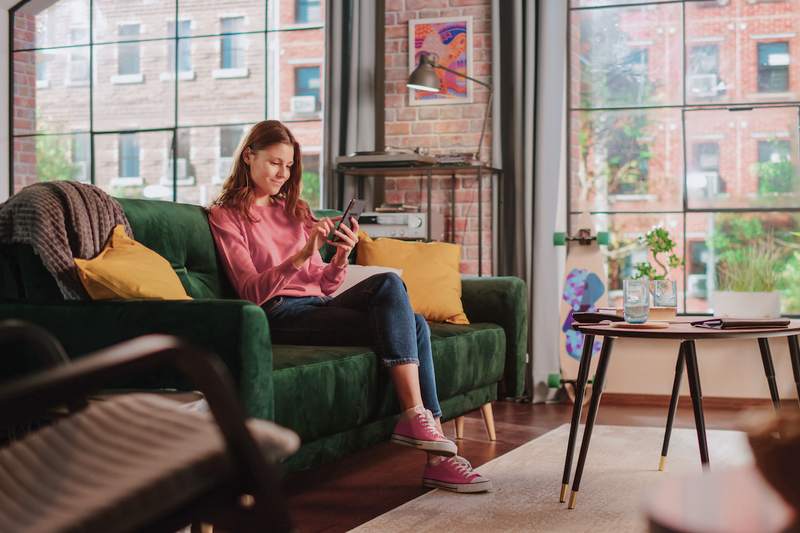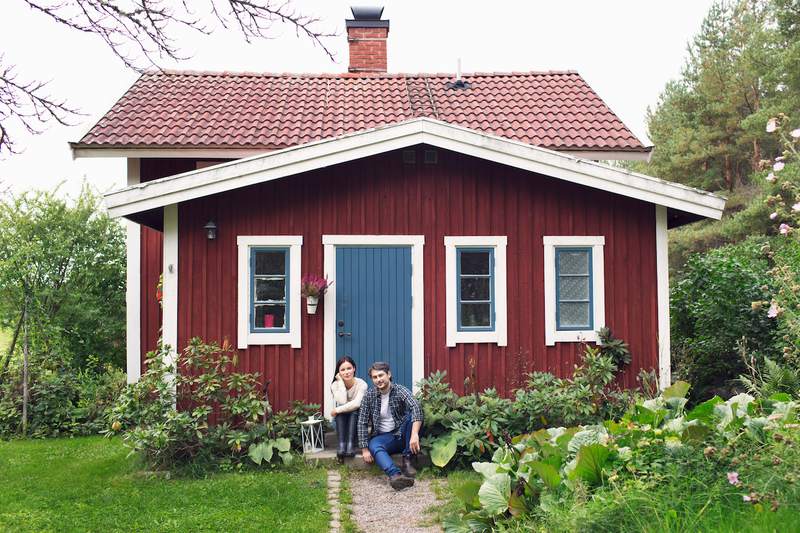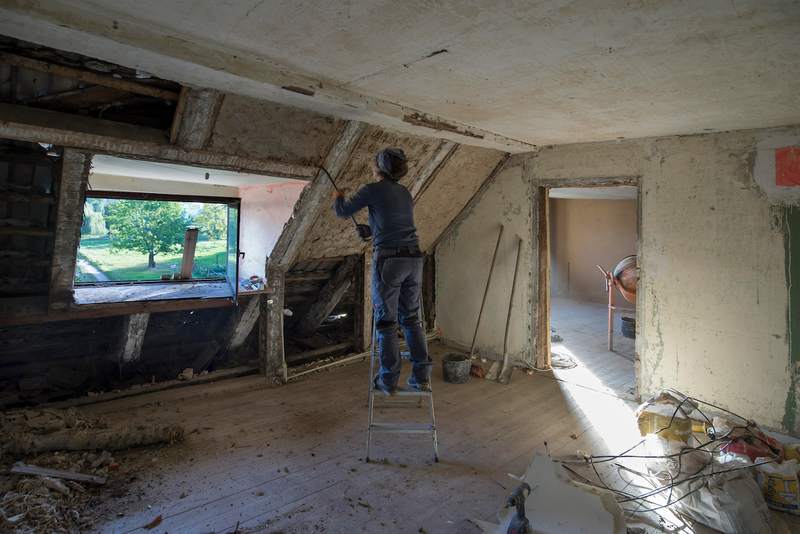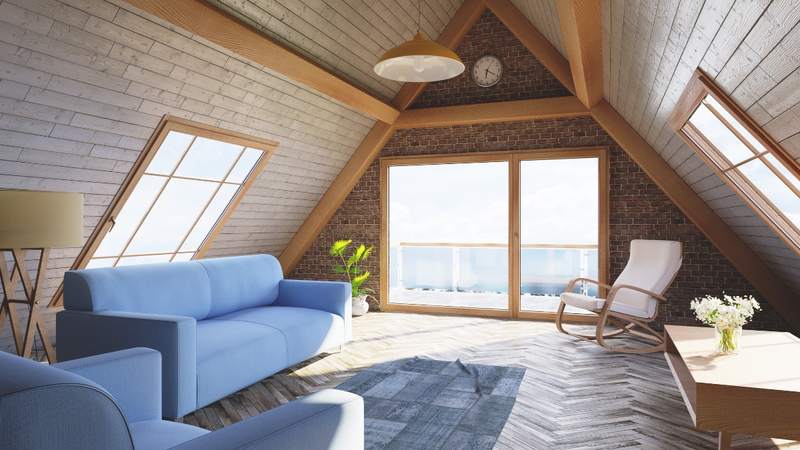
Bedrooms, bathrooms, and living rooms are all common and familiar rooms in a home. But what about an extra room that can’t be categorized, yet still provides a usable and versatile space? That’s where bonus rooms come in.
A bonus room is an extra space in a home that doesn’t meet building code requirements for traditional rooms and doesn’t serve a clearly defined purpose. This is part of a bonus room’s appeal — it can be creatively transformed into a space that serves your specific needs. Bonus rooms are typically converted from an above-garage space, an attic, or a basement.
“They can be larger or smaller than other rooms and vary in location within a house,” says Chris Fajkos, a Realtor in Truckee, California. “They are often located on a separate floor or above a garage, offering a unique space that can be adapted to various uses.”
What’s the Difference Between a Bonus Room and Bedroom?
A bedroom is different from a bonus room because there are legal requirements for a space to count as a bedroom. Keep in mind that each state may have its own qualifications, but here are some common guidelines:
Legal Requirements for Bedrooms
| Bedroom Feature | Requirement |
| Size | The minimum is typically between 70 and 80 square feet. |
| Ceiling height | At least half of the ceiling needs to be a minimum of 7 feet tall. |
| Horizontal length | At least 7 feet long in any horizontal direction. |
| Window size and placement | A minimum of one window that’s at least 5.7 square feet and 44 inches above the floor. |
| Two means of egress | This means there must be two ways to exit a bedroom. Windows and skylights count as means of egress. |
| Heating and cooling element | This includes heating, ventilating, and air conditioning units; ceiling fans; or windows that can be opened. |
| Accessibility | Some states require bedrooms to have a door that opens to a common point in the home, like a hallway. |
Bedrooms may not be legally required to have a closet, but it’s another feature that is typically included in a bedroom and missing in a bonus room.
Can a bonus room be converted into a bedroom?
While you can turn a bonus room into an unofficial bedroom that serves the same practical purpose, you can’t include it as a bedroom on real estate listings. In other words, if you have a home with three bedrooms and want to sell it down the line, you can’t claim that your bonus room is a fourth bedroom.
Whether you can renovate a bonus room into an official bedroom will depend on your home and budget, since projects like this can be expensive. For example, if your bonus room is a converted attic with a vaulted ceiling, you may need to raise the roof to meet bedroom ceiling height requirements. The average cost to raise a roof is $31,000 to $55,000, according to the American Society of Home Inspectors.
Another thing to consider before taking on this renovation is you’ll be sacrificing the versatility of a bonus room, and it could increase your property taxes.
Do Bonus Rooms Impact Property Taxes?
A bonus room doesn’t directly affect your property taxes. However, it can offer more usable space, which could add to your home’s value. The higher your home’s value, the more property taxes you’ll pay.
Does a Bonus Room Count Toward Square Footage?
A bonus room will count toward a home’s square footage if it meets gross living area requirements. This requires the space to be:
- Aboveground.
- Finished.
- Livable.
- With two means of egress.
- Compliant with local ceiling height and accessibility requirements.
Since bonus rooms often count as square footage but don’t explicitly impact property taxes, they’re considered a win-win deal for those considering buying a home with a bonus room.
FAQ
Here are the answers to some common questions about bonus rooms.





